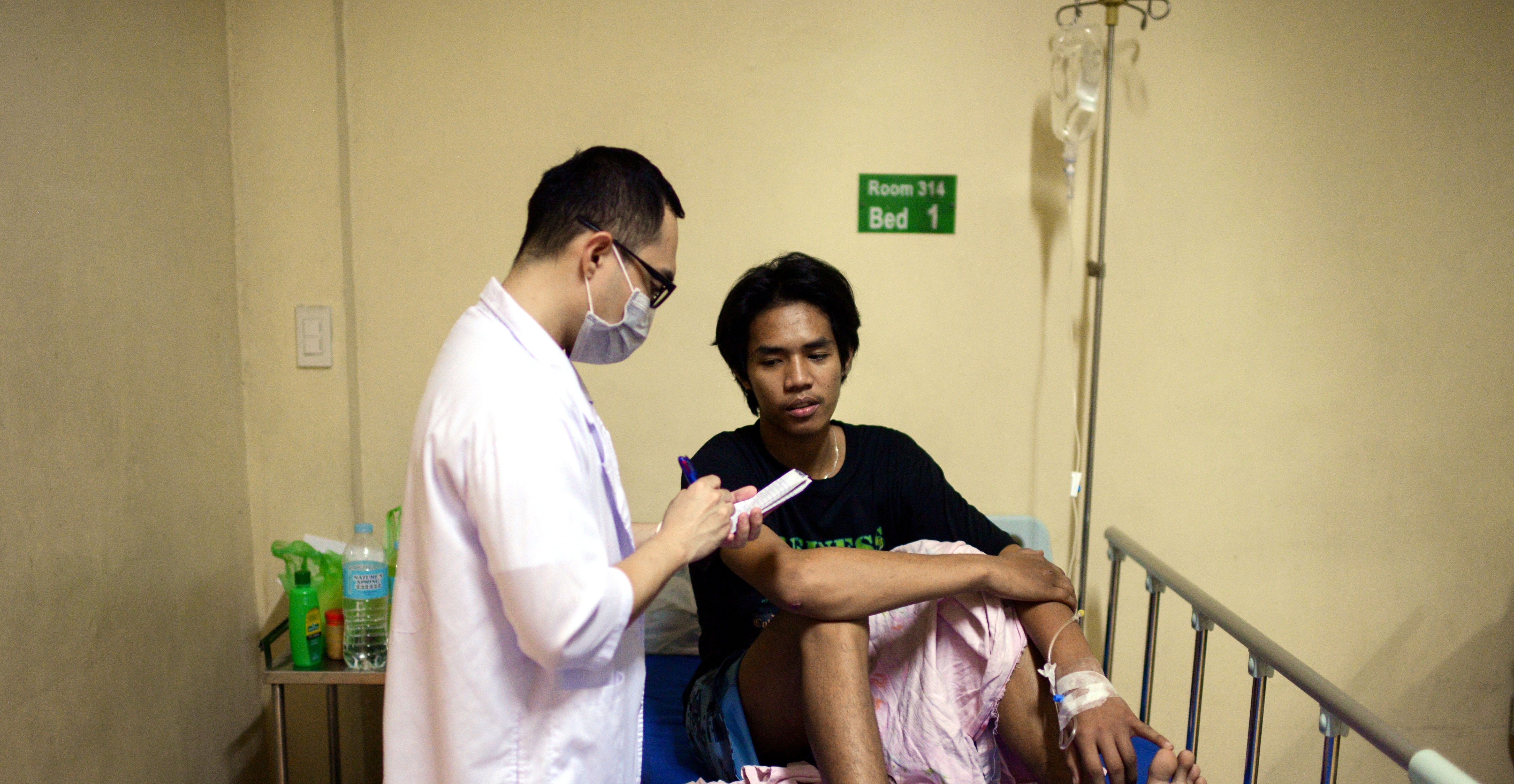Why ‘shoe-leather’ contact tracing can’t be ignored: WHO COVID-19 briefing

Image: REUTERS/Denis Balibouse
- The World Health Organization held a media briefing on 4 May to update the public on the COVID-19 coronavirus pandemic.
- New technologies can complement, not replace, "shoe-leather" contact tracing efforts.
While high-tech tools have enhanced modern contact tracing efforts, they are still no substitute for public health basics, said Michael J. Ryan, Chief Executive Director of the World Health Organization (WHO) Health Emergencies Programme.
“IT tools do not replace the basic public health workforce that is going to be needed to trace, test, isolate and quarantine," Ryan said at a briefing Monday in Geneva.
Though countries such as South Korea and Singapore have gained worldwide attention for tools that have leveraged Bluetooth or geofencing technologies, these nations already had classic tracing techniques in place. They found cases at the community level, conducted community based surveillance and “got boots on the ground”, explained Ryan.
What is the World Economic Forum doing about the coronavirus outbreak?
Successful tracing efforts involve more than apps or data analytics: they also require following up with people, making phone calls, knocking on people's doors and finding out who could have been exposed to the virus.
Such low-tech efforts can be key to ensuring that those who are suspected of being exposed to COVID-19 are tested and isolated. With these measures in place, he said, those who are infected will have the information that could help them protect themselves and their families.
Technologies have enhanced the efficiency of tracing, said Ryan, but ultimately tracing is a “a human process”. New tools should not be seen as a replacement for “shoe-leather epidemiology”, said Ryan, and don't replace the basic human workforce that’s needed to go out and locate new cases.
Some tracing technologies have drawn privacy concerns, Ryan acknowledged, which can act as a barrier to tracing. Tracing tools should take privacy issues into consideration and be used solely to help suppress the spread of the disease.
“Contact tracing and case finding is not about surveillance or interrupting people's lives”, said Ryan. “It's about trying to identify those individuals who are sick."
Don't miss any update on this topic
Create a free account and access your personalized content collection with our latest publications and analyses.
License and Republishing
World Economic Forum articles may be republished in accordance with the Creative Commons Attribution-NonCommercial-NoDerivatives 4.0 International Public License, and in accordance with our Terms of Use.
The views expressed in this article are those of the author alone and not the World Economic Forum.
Stay up to date:
Global Health
Forum Stories newsletter
Bringing you weekly curated insights and analysis on the global issues that matter.
More on Health and Healthcare SystemsSee all
Iskra Reic
November 19, 2025






